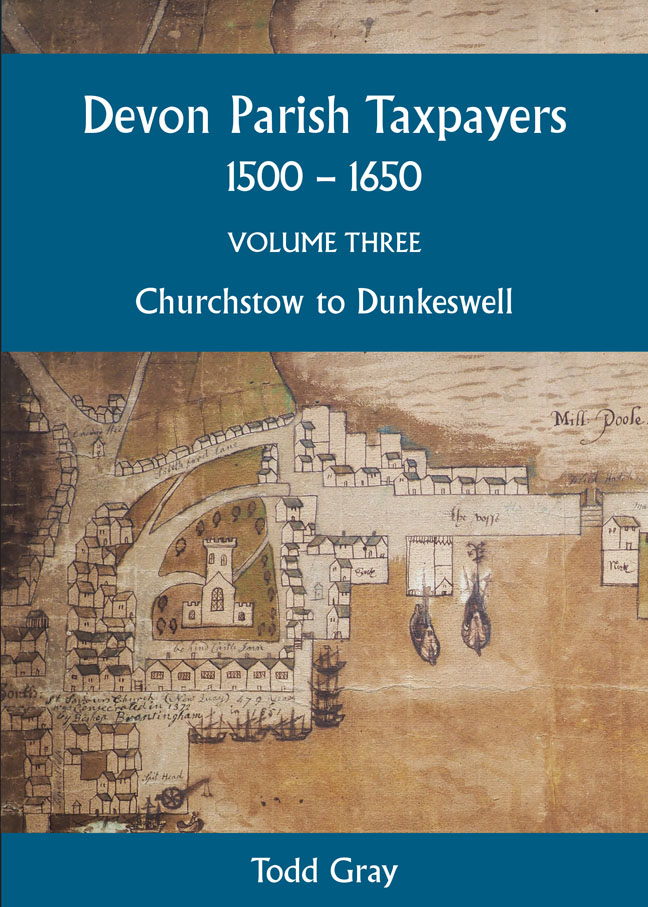Book contents
- Frontmatter
- Dedication
- Contents
- List of Illustrations
- Preface
- Introduction
- Editorial Conventions
- The Lists
- Appendix 1 Letter regarding financing church repairs at Colyton, 1 June 1606
- Appendix 2 Letter from to the churchwardens and overseers of the poor of St Saviour, Dartmouth, 6 March 1610
- Appendix 3 Dartmouth electors, 1626
- Appendix 4 Account of the head wardens of Dean Prior, 1580
- Index
- Devon and Cornwall Record Society
Combe Martin, Church Rates, 1583 (2)
Published online by Cambridge University Press: 17 February 2024
- Frontmatter
- Dedication
- Contents
- List of Illustrations
- Preface
- Introduction
- Editorial Conventions
- The Lists
- Appendix 1 Letter regarding financing church repairs at Colyton, 1 June 1606
- Appendix 2 Letter from to the churchwardens and overseers of the poor of St Saviour, Dartmouth, 6 March 1610
- Appendix 3 Dartmouth electors, 1626
- Appendix 4 Account of the head wardens of Dean Prior, 1580
- Index
- Devon and Cornwall Record Society
Summary
COMBE MARTIN
Two rates survive for this North Devon coastal parish located eleven miles north of Barnstaple. In 1630 Thomas Westcote noted in his A View of Devonshire ‘this borough deriveth its name of the situation, being a low and deep valley, surrounded with very high hills on every side (toward the sea excepted)… A little river (that hath as great a name as the second river of England) Humber [sic], cleaveth it throughout, making, at the town's end, a poor haven, which yieldeth a like commodity’. He also wrote ‘the town is not rich: yet are the people industrious and painful: their greatest trade and profit is the making of shoemakers’ thread, by spinning whereof they maintain themselves, funishing therewith the most part of the shire. The soil is not naturally fruitful; but manured and improved with sand, lime and such like, is made much richer and yields increase to their satisfaction’. Tristram Risdon added it ‘lieth low as the name implieth and near the sea having a cove for boats to land; a place noted for yielding the best hemp in all this country, and that in great abundance; but in former times famous for mining of tin, and (that which is better merchandise) silver, hath been found since our remembrance’. Both rates were confirmed by Matthew Sutcliffe, the chief judge of the court as Diocesan Chancellor from 1582. These appear to be copies but were recorded in different formats. The parish had a population of about 800 persons of which less than 10 per cent contributed to the church rate.
From at least 1565 through to at least 1631 the parish had four sidemen who were annually ‘chosen by the assent of the whole parish’. Their duties included receiving money for church seats. The parish clerk in the late sixteenth century was, according to the testimony of one parishioner, given a penny by parishioners four times a year and he had variable quantities of bread at Christmas, a piece of bacon and eggs at Easter, wool at Midsummer and grain at the harvest. Robert Gyll also claimed in addition a workman gave half a day's labour during the harvest. The custom was subsequently replaced by a monetary tax.
- Type
- Chapter
- Information
- Devon Parish Taxpayers, 1500-1650 , pp. 73 - 76Publisher: Boydell & BrewerPrint publication year: 2023



